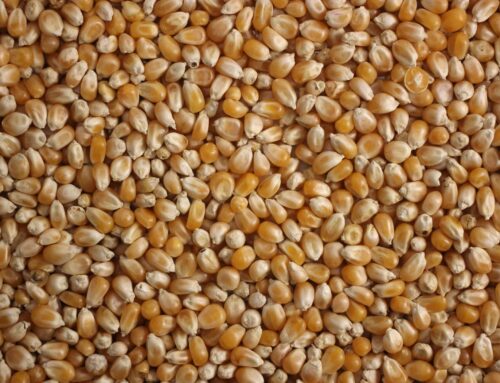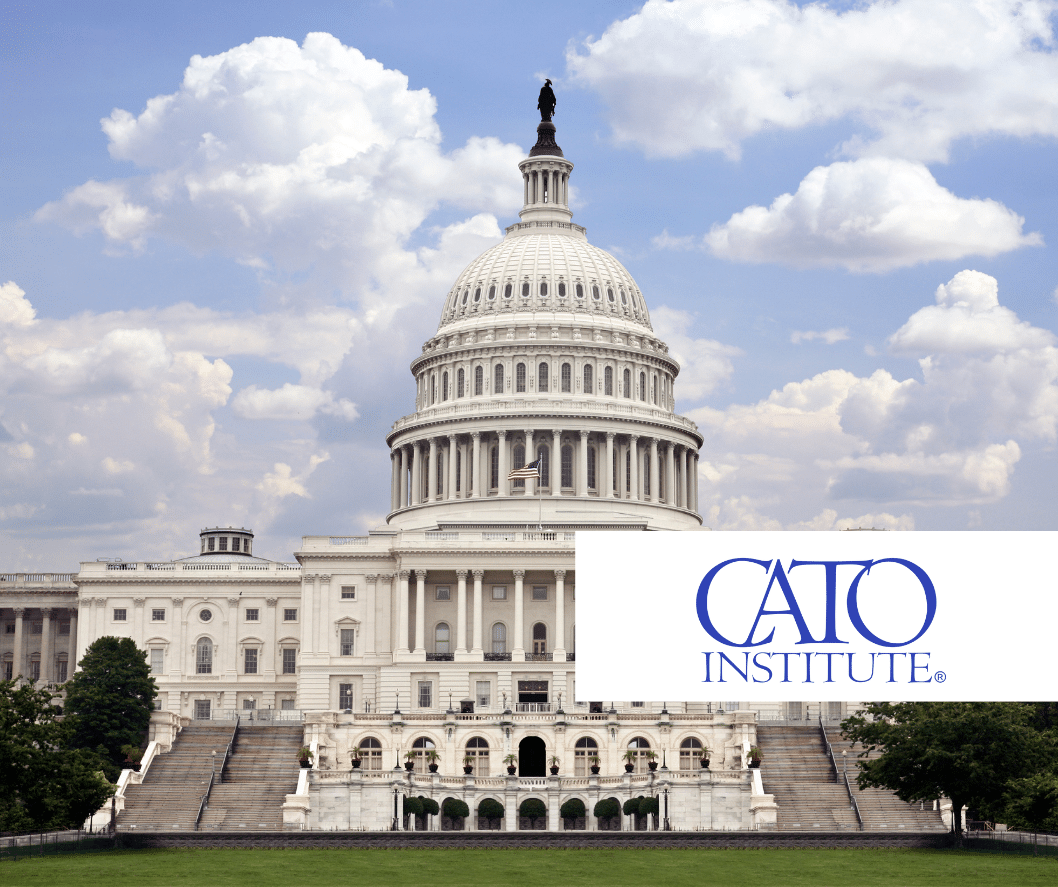The holiday season is fast approaching. That means lots of pie and stuffing. Closing your eyes while you feast doesn’t make the calories disappear. It’s the same with federal spending.
Today, the U.S. Department of Agriculture (USDA) announced its intention to use its Commodity Credit Corporation (CCC) Charter Act authority to spend an additional $1.3 billion on agriculture promotion programs to increase exports and $1 billion in federal purchases of agriculture products for distribution in foreign countries. With this announcement, USDA declared itself a partner in Congressional efforts to undermine reauthorization of a fiscally responsible farm bill.
The biggest obstacle in adopting a new farm bill, the 2018 version of which expired on September 30, 2023, is the inability of the House and Senate Agriculture Committees to draft a bill that satiates special interest appetite for increased spending. Even with $1.5 trillion in legislative lunch money (that is the sum of resources available for the farm bill over the 10-year budget scoring window known as the “baseline”), Agriculture Committee members are struggling to concoct a successful legislative recipe. As with previous farm bills, lawmakers have a seemingly endless buffet of programs they want to load up the farm bill with but a complete dearth of effective ideas for what to cut to make room for them.
USDA’s announcement today is an explicit effort to dish out more special interest spending while relieving these congressional cooks from having to cut another program or raise revenue to make room on their legislative plate.
This is because the USDA is relying on discretionary spending authority it holds under the archaic Commodity Credit Corporation Charter Act (Charter Act) to increase spending on farm bill programs without having to account for that spending in the calculated cost (CBO score) of the farm bill itself.
First created in 1933 and vastly expanded in 1948, the CCC is mostly an accounting vehicle to cut and manage checks for mandatory farm bill authorized programs, such as farm subsidies. Under Section 5 of the Charter Act, however, the Secretary of Agriculture has the discretion to “borrow” funds from the Federal Treasury to spend in pursuit of a number of goals from promoting new markets, removing “surplus” commodities, increasing consumption, to aiding in markets through loans and purchases. (For a detailed history of the CCC, its role in increasing federal deficits, and how it undermines Congressional authority see: Congressional Oversight vs. Administrative Discretion Gone Wild? The Case of the Commodity Credit Corporation.)
Tapping the CCC is a budgetary gimmick pure and simple. In September, the Chair and Ranking Member of the Senate Agriculture Committee, Senators Debbie Stabenow (D-MI) and John Boozman (R-AR), placed their order for this budgetary morsel in a letter to USDA Secretary Vilsack. Today’s announcement is the delivery. It’s a dish that leaves a bitter taste in the mouth of taxpayers.
The $2.3 billion will be added to the national debt.
Funds for Charter Act-financed programs are “borrowed” from the US Treasury and later “repaid” (with appropriations from the same Treasury).
The CCC-funded programs are duplicative of existing, budgeted federal programs.
USDA cannot legally use CCC Charter Act funds to supplement appropriated programs (where Congress appropriates the spending amount). Thus USDA will create yet another new initiative – the Regional Agricultural Promotion Program (RAPP) – serving the same functions and in all likelihood many of the same beneficiaries as the plethora of existing farm bill-authorized trade promotion programs. These duplicative taxpayer-subsidized programs fund groups like the Cotton Council and U.S. Grains Council even though some beneficiaries already have separate commodity checkoff programs to fund educational and trade promotion efforts.
Relieving Congress of its “burden” for paying for the farm bill is fiscally reckless.
There is broad bipartisan and agricultural industry support for federal trade promotion and foreign agricultural aid programs. There needs to be a corresponding willingness in Congress to cover the costs of these programs either through reductions in funding for less critical programs (we’d offer subsidies for billionaires) or increased revenue from the interest groups benefitting from the programs (commodity groups).
The House and Senate Agriculture Committees have $1.5 trillion in budgetary resources to craft a new farm bill. Resorting to legislative gimmicks to pretend to pay for farm bill spending outside of the farm bill process is fiscally irresponsible. Instead of exploiting loopholes like the CCC Charter Act, lawmakers should rein in the Secretary of Agriculture’s Charter Act authority and do the hard work of crafting a more responsible farm bill.










